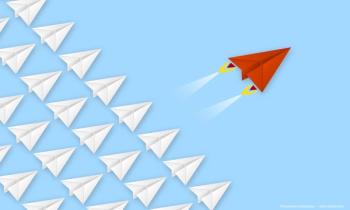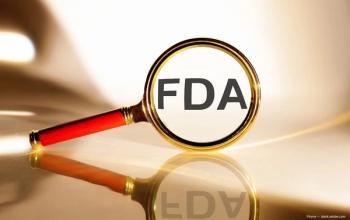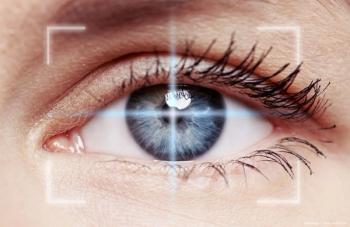
Options for surgical management of IFIS are multiple
Several options are available to cataract surgeons to manage anticipated IFIS. In the multicenter prospective trial, surgeons could use a mechanical restraining device (iris expansion ring or iris retractors) to enlarge the pupil and keep the iris from prolapsing, viscodilation with Healon 5 (Advanced Medical Optics), or pharmacologic intervention with atropine administered three times daily beginning 2 days before surgery.
Several options are available to cataract surgeons to manage anticipated IFIS. In the multicenter prospective trial, surgeons could use a mechanical restraining device (iris expansion ring or iris retractors) to enlarge the pupil and keep the iris from prolapsing, viscodilation with Healon 5 (Advanced Medical Optics), or pharmacologic intervention with atropine administered three times daily beginning 2 days before surgery.
Viscodilation should be combined with low-flow, low-vacuum surgery and can also be performed using DisCoVisc (Alcon Laboratories) as the ophthalmic viscosurgical device. Other techniques that have been reported successful include intraoperative mydriatic treatment with epinephrine injected under the iris, as described by Joel Saugar, MD, or with intraocular phenylephrine, as reported by Richard Packard, MD.
The prospective, multicenter study undertaken to characterize the safety of cataract surgery in patients taking tamsulosin using the various techniques was not intended to establish the superiority of any one strategy. As observed by Samuel Masket, MD, the clinical reality is that the various techniques should not be considered mutually exclusive, but rather as complementary.
Dr. Masket initiated the concept of using preoperative atropine, and he reported that he has accumulated a series of 20 patients at risk for IFIS in whom he has used it combined with intraocular epinephrine. In 19 eyes, the case proceeded uneventfully, while it was necessary also to place iris hooks to achieve adequate dilation in one patient who had a very small pupil.
Newsletter
Don’t miss out—get Ophthalmology Times updates on the latest clinical advancements and expert interviews, straight to your inbox.
















































.png)


